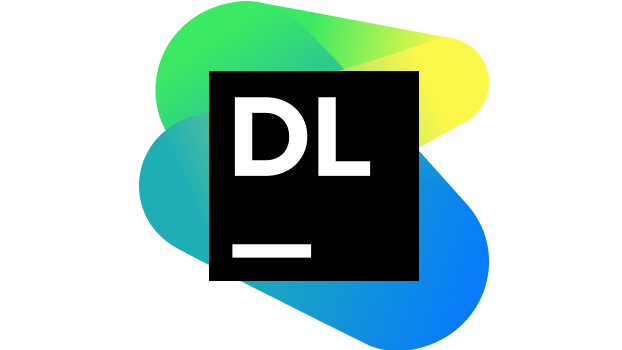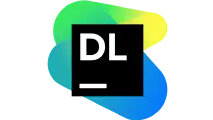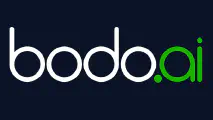Datalore is a fairly recent online platform for advanced data analytics.
The software product is backed by JetBrains, a Czech company with a respectable history. JetBrains is particularly well-known for its Python programming environment PyCharm.
A data analytics platform beyond Excel
Datalore is particularly well suited to solve common business problems with data.
If you are familiar with writing Excel macros, Python code should be straightforward with a reasonable amount of practice. A tool like Datalore is a natural career next step for an analyst who is familiar with spreadsheets.
Those who could benefit from the platform could work in roles such as Analyst, Business Developer or Data Scientist.
What does it take to start using Datalore?
Individual users can start using the analytics platform for free.
Getting started is easy. You can head to the Datalore homepage , create an account and start using it immediately.
Data analytics for teams
Datalore has all needed functionalities for growing data analytics teams. The product has excellent support for user management and collaboration.
The platform allows you to write code in multiple programming languages and retrieve from any data source. Workflows can be automated to deliver the right information at the right time.




Write a new comment
The name will be visible. Email will not be published. More about privacy.